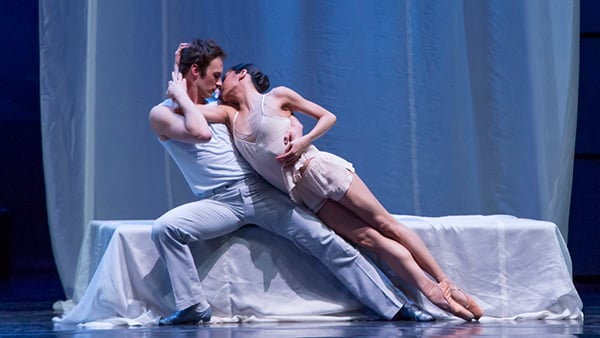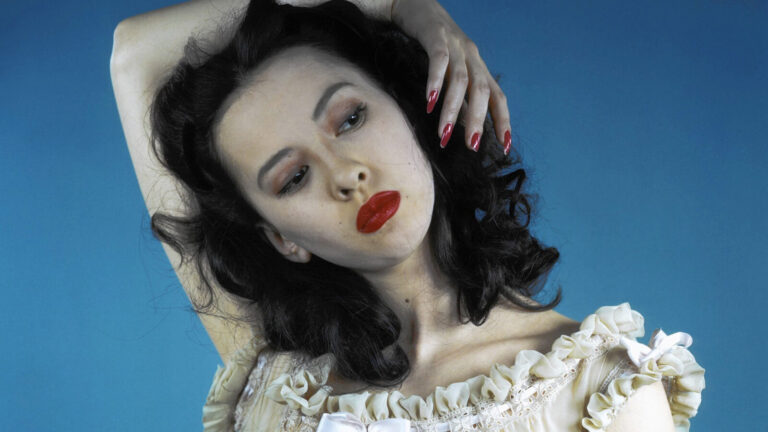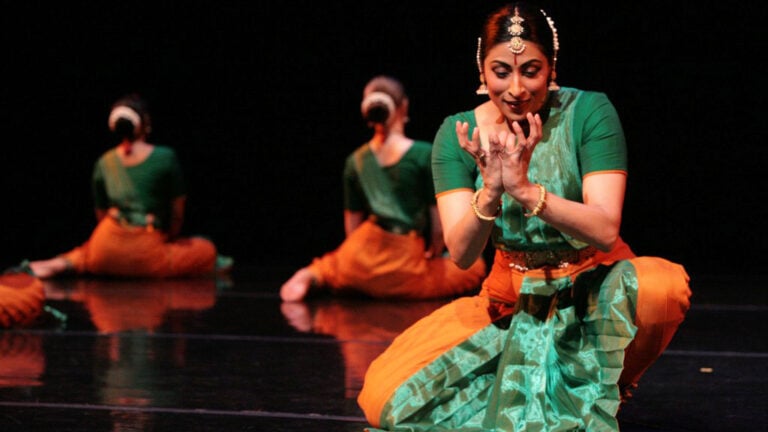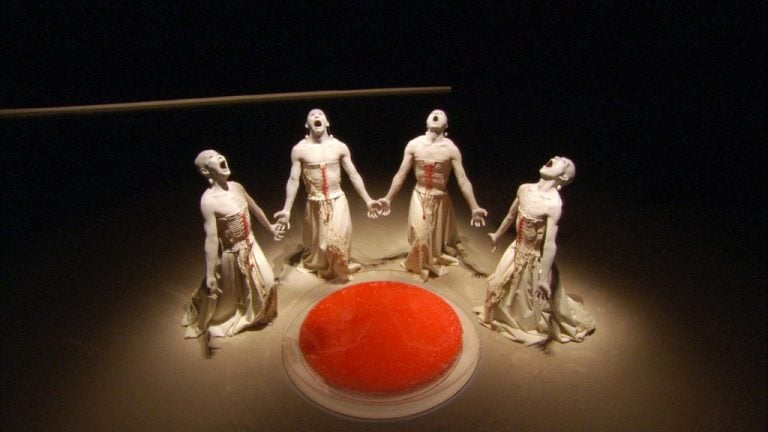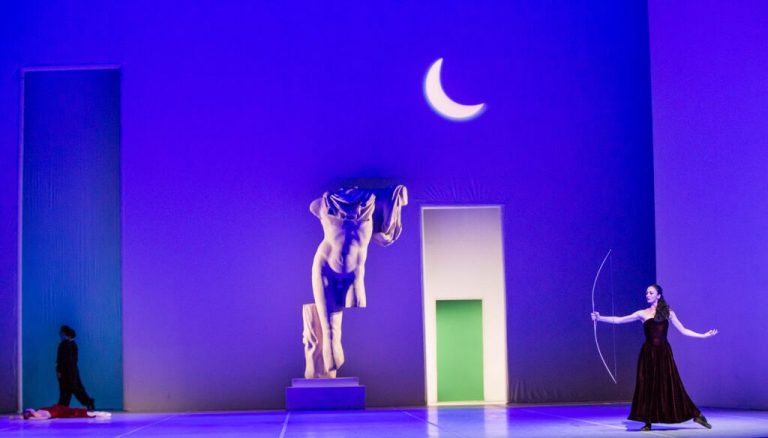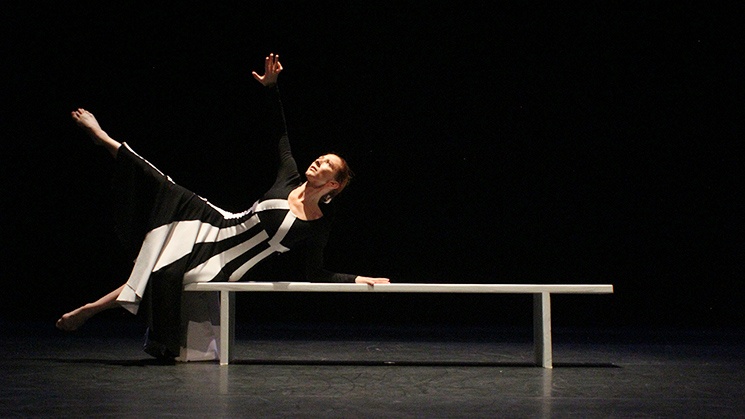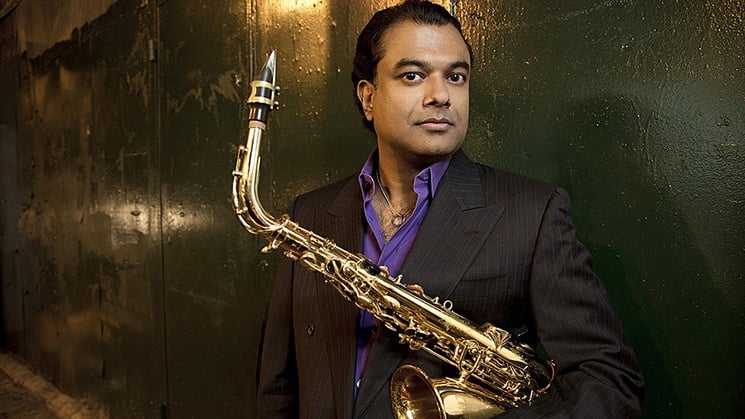The Surprising Politics of Prokofiev’s Romeo and Juliet
“The last time we did this production, you could hear that people were really upset by it. And yet, there is absolutely beautiful choreography — it’s absolutely stunning.”
Sono Osato, 96, Reflects on Dancing With the Ballet Russes
“I think I am one of the few American dancers who ever saw the Diaghilev ballet at the peak of its glory,” Sono Osato begins her autobiography Distant Dances. At the ripe age of 14, Osato became the first American dancer to join the Ballet Russes de Monte-Carlo, derived from Diaghilev’s famous Ballets Russes. With the company, she toured the …
Natya Dance Brings the Ancient Art of Bharatanatyam to Modern Audiences
Thousands of years before European ballet was born, Bharatanatyam flourished in India. The ancient art of Bharatanatyam seems to be having a bit of a moment in modern times. Months after appearing in Chicago, dancer Aparna Ramaswamy recently made her debut at the Joyce Theater in New York: one small step for a Bharatanatyam dancer, one giant, dazzling leap for Bharatanatyam …
Inside the Beautiful, Bizarre World of Butoh
One of the most unique styles of dance today is undoubtedly butoh. I spoke with dancer and choreographer Ushio Amagatsu as he tours across North America with his company, Sankai Juku. The New York Times called Sankai Juku, “One of the most original and startling dance theater groups to be seen.” Read our conversation to learn more about butoh, Amagatsu’s …
Rare Ballet Sylvia Comes to Chicago
Choreographer John Neumeier said that in his reinterpretation of Sylvia, he “tried to invent a movement vocabulary that would suit each of the characters.”
5 Women on Being Modern Women in Dance
Choreographer and modern dance maven Claire Bataille: “But gender discrimination is really no different in the dance world from what it is in the corporate world…”
Guggenheim Fellow Rudresh Mahanthappa On Creating Music that Defies Genre
To label Manhathappa’s music simply as a fusion between Carnatic music and jazz would be reductive. If, anything, it represents “the beautiful multicultural state of affairs of the United States right now.”

